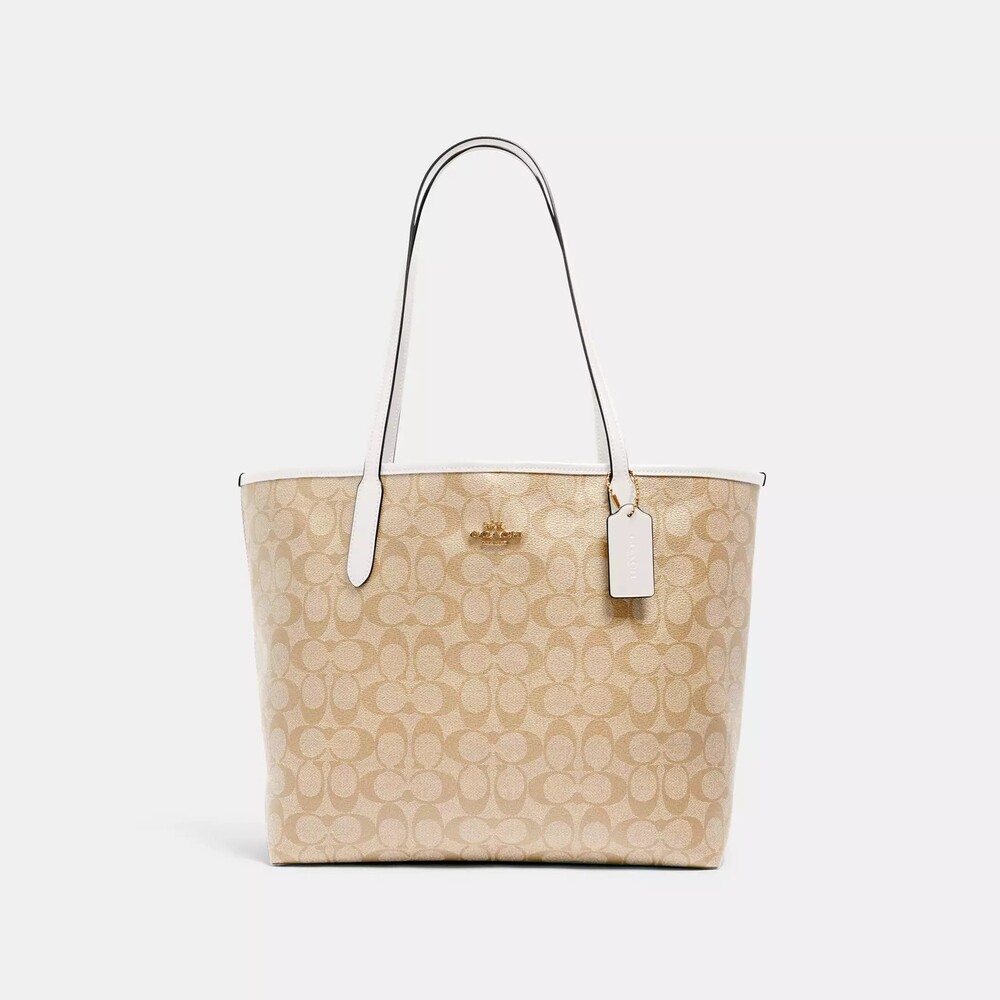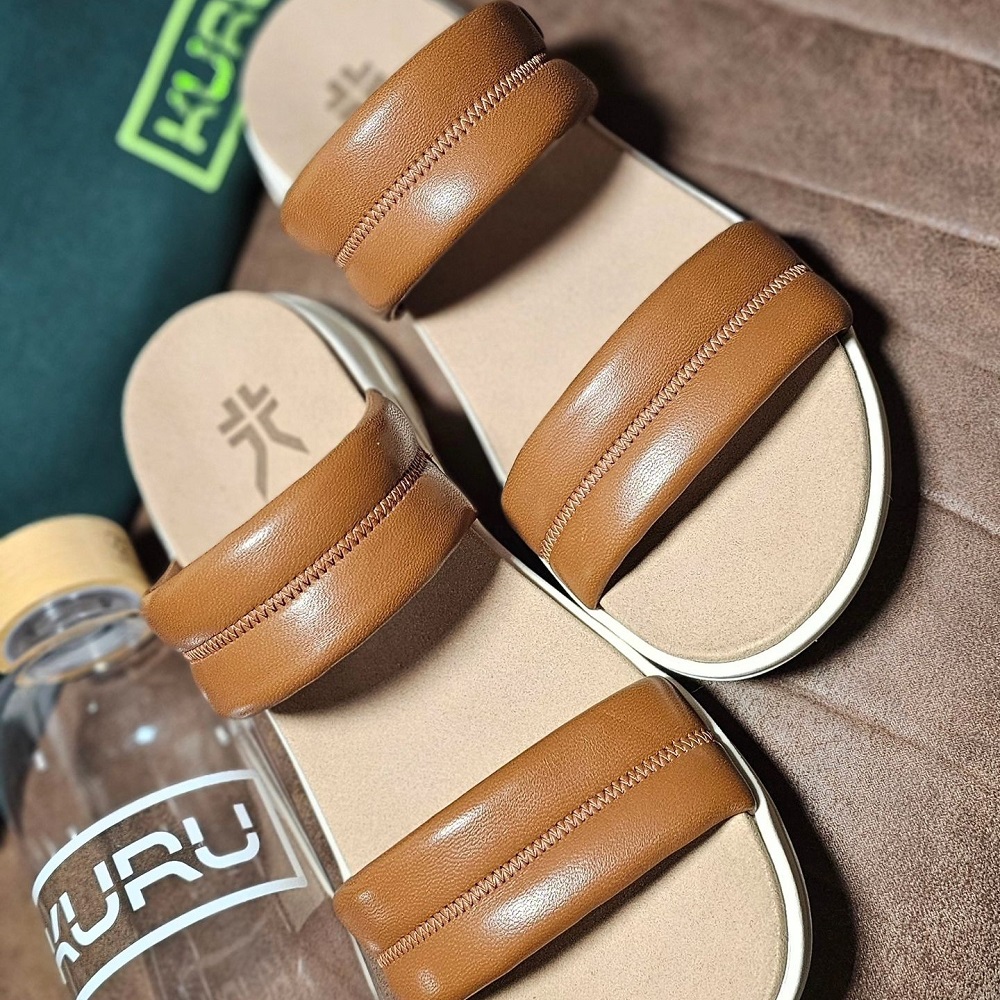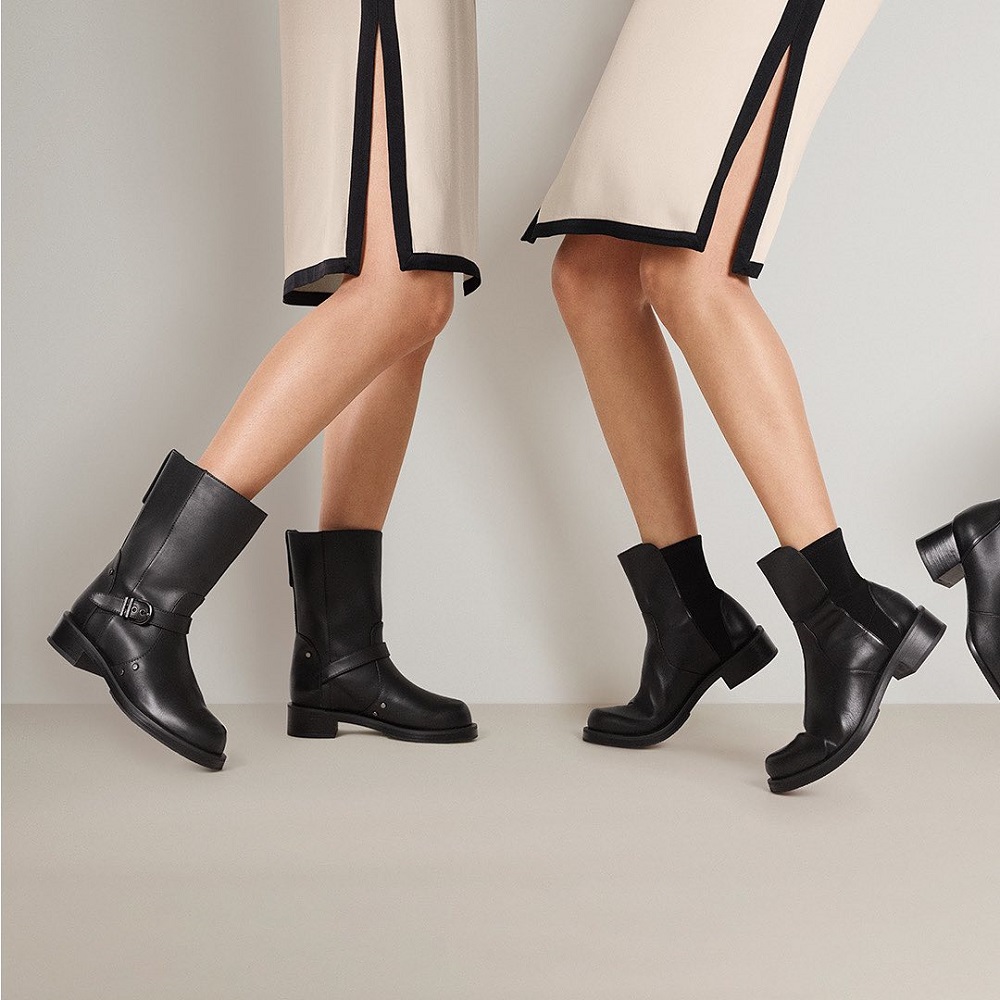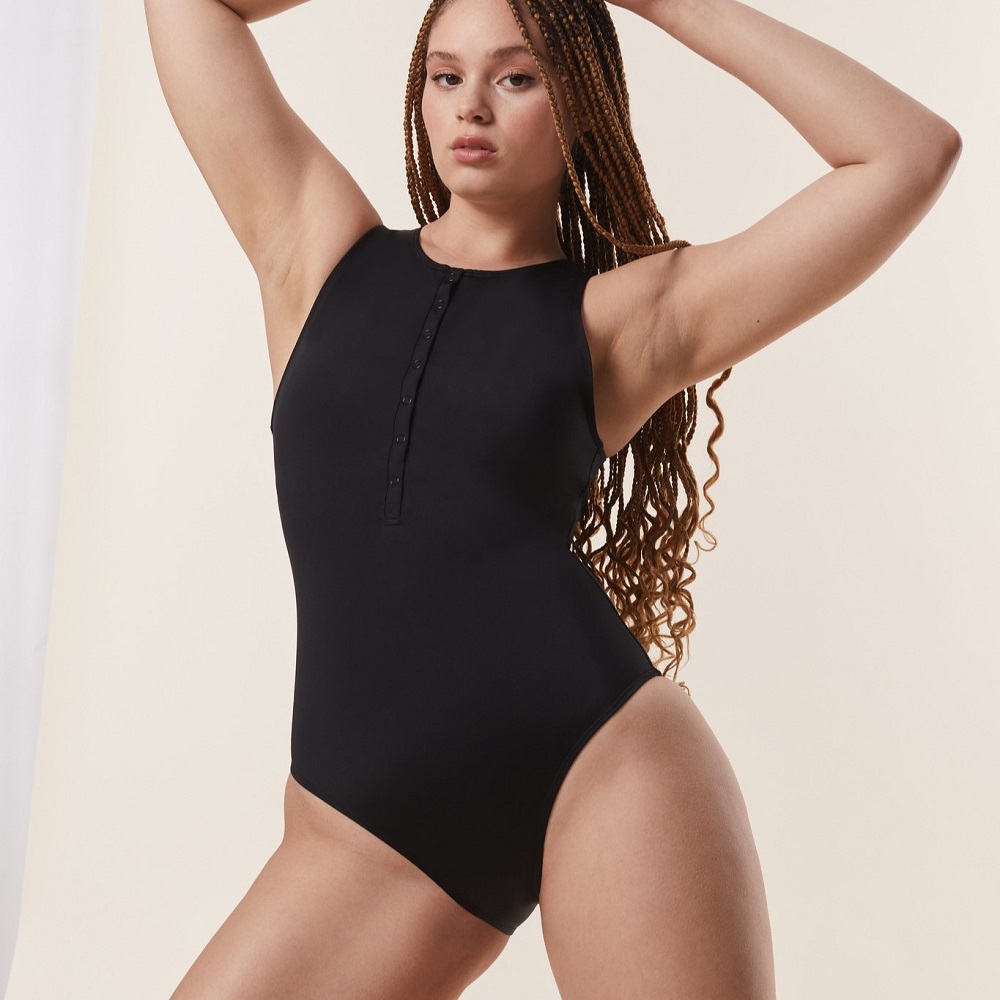Unisex Shirt Sizing: How to Find Your Perfect Fit
Table of Contents
As someone who enjoys wearing comfortable and stylish clothing, I have come to appreciate the convenience of unisex shirts. These shirts are designed to fit both men and women, making them a versatile choice for any wardrobe. However, finding the right size can be a challenge, as unisex sizing can differ from traditional men’s and women’s sizes.
When it comes to unisex shirt sizing, it’s important to keep a few things in mind. First, unisex shirts are often cut differently than men’s or women’s shirts, so it’s important to pay attention to the sizing charts provided by the manufacturer. Additionally, unisex shirts may fit differently depending on your body shape and size, so it’s a good idea to try on different sizes and styles to find the one that works best for you.
In this article, I will explore the world of unisex shirt sizing and provide tips and tricks for finding the perfect fit. Whether you’re shopping for a new t-shirt, hoodie, or button-down, understanding unisex sizing can help you make the most of your wardrobe and feel confident and comfortable in your clothes.
Why Unisex Shirt Sizing is Important
As someone who has struggled with finding the right size shirt for my body type, I believe that unisex shirt sizing is a game-changer. Unisex sizing allows for a wider range of body types to find clothes that fit comfortably and look stylish.
Unisex sizing is especially important for individuals who do not conform to traditional gender norms. Gender-fluid individuals, for example, may feel more comfortable in clothing that is not specifically designed for one gender or the other.
Another benefit of unisex sizing is that it can simplify the shopping process. Instead of having to navigate separate men’s and women’s sections, shoppers can browse through a single unisex section and find clothes that fit their personal style and body type.
Of course, unisex sizing is not a perfect solution. Some individuals may still struggle to find clothes that fit well due to their unique body shape or size. However, I believe that unisex sizing is a step in the right direction towards more inclusive and accessible fashion.
Factors to Consider When Choosing Unisex Shirt Sizes
Body Type
When choosing a unisex shirt size, it’s important to consider your body type. Unisex t-shirts are designed to fit a wide range of body types, but they may not be the most flattering option for everyone. If you have a curvier figure, you may want to consider sizing up or looking for a shirt with a more fitted cut. On the other hand, if you have a slimmer build, you may want to size down to avoid a baggy or oversized look.
Style and Fit Preference
Another important factor to consider when choosing a unisex shirt size is your personal style and fit preference. Unisex shirts are typically cut in a more relaxed, forgiving fit, which can be great for casual wear or for layering. However, if you prefer a more tailored or fitted look, you may want to look for a shirt with a more tapered cut or consider sizing down for a closer fit.
Fabric Type and Stretch
The type of fabric and amount of stretch in a shirt can also affect how it fits. Some fabrics, like cotton, may shrink slightly after washing, so you may want to consider sizing up to account for this. Other fabrics, like polyester or spandex blends, may have more stretch and give, which can affect how the shirt fits and feels. Be sure to read the care instructions and fabric content before choosing a size.
Ultimately, choosing the right unisex shirt size comes down to personal preference and understanding your body type and fit preferences. Take the time to measure yourself and read the size charts carefully, and don’t be afraid to try on a few different sizes to find the perfect fit for you.
How to Measure for Unisex Shirt Sizes
When it comes to unisex shirt sizing, it’s important to take accurate measurements to ensure a proper fit. Here’s how I measure for unisex shirt sizes:
Step 1: Find a flexible measuring tape.
Step 2: Measure your chest. Place the tape measure under your armpits and around the fullest part of your chest. Make sure the tape measure is snug but not tight.
Step 3: Measure your waist. Wrap the tape measure around your natural waistline, which is typically above your belly button and below your rib cage. Again, make sure the tape measure is snug but not tight.
Step 4: Measure your hips. Wrap the tape measure around the fullest part of your hips, which is typically around the widest part of your buttocks. Make sure the tape measure is snug but not tight.
Once you have your measurements, you can compare them to the sizing chart provided by the manufacturer to determine your size. Keep in mind that unisex sizing can vary between brands, so it’s important to check the specific sizing chart for the brand you’re interested in.
If you’re in between sizes, it’s generally recommended to size up for a looser fit or size down for a more fitted look. However, this ultimately comes down to personal preference and the style of the shirt you’re interested in.
By taking accurate measurements and consulting the sizing chart, you can ensure a comfortable and flattering fit for your unisex shirt.
Common Unisex Shirt Size Charts
When it comes to buying unisex shirts, it’s important to know the right size to order. Here are some common unisex shirt size charts to help you find the perfect fit.
International Size Charts
Unisex shirt sizes can vary depending on where you are in the world. Here are some international size charts to help you convert your size:
| Country | Size | Conversion |
| United States | XS – 3XL | See brand-specific size charts |
| United Kingdom | 6 – 22 | See brand-specific size charts |
| Europe | 34 – 50 | See brand-specific size charts |
| Japan | SS – 3L | See brand-specific size charts |
Brand-Specific Size Charts
Each brand has its own sizing system, so it’s important to check their size chart before ordering. Here are some examples of brand-specific size charts:
- Under Armour: XS – 5XL
- Nike: XS – 4XL
- Adidas: XS – 4XL
- Gap: XS – XXL
Remember, it’s always better to measure yourself and compare it to the brand’s size chart rather than relying on your usual size. This will ensure a better fit and prevent the hassle of having to return or exchange the item.
Tips for Finding the Right Unisex Shirt Size
When it comes to finding the right unisex shirt size, there are a few things to keep in mind. As someone who has purchased many unisex shirts, I have found the following tips to be helpful:
- Check the size chart: Each brand may have slightly different sizing, so it’s important to check the size chart for the specific shirt you’re interested in. This will give you a better idea of which size to choose.
- Measure yourself: If you’re unsure of your size, take your own measurements. This can be done with a measuring tape and will give you a better idea of which size to order.
- Consider the fit: Unisex shirts are typically a looser, more relaxed fit. Keep this in mind when choosing your size. If you prefer a more fitted look, you may want to consider sizing down.
- Read reviews: Reading reviews from other customers can be helpful in determining the fit of a shirt. Look for reviews from people with a similar body type to yours.
It’s important to remember that finding the right size may take some trial and error. Don’t be afraid to exchange or return a shirt if it doesn’t fit properly. With these tips in mind, you’ll be on your way to finding the perfect unisex shirt size.
Conclusion
After researching and analyzing the topic of unisex shirt sizing, I have come to the conclusion that it can be a great option for those who prefer a more relaxed fit or have a body type that does not conform to traditional gendered sizing. However, it is important to keep in mind that unisex sizing may not be suitable for everyone, especially those who prefer a more fitted look or have specific body proportions.
It is also important to note that unisex sizing can vary between brands and even between different styles within the same brand. Therefore, it is always a good idea to check the size chart and read reviews before making a purchase.
Furthermore, while unisex sizing can be inclusive and reduce gender stereotypes in fashion, it is still important for brands to offer a wide range of sizes and styles that cater to different body types, including plus sizes and petite sizes.
In conclusion, unisex sizing can be a great option for those who prefer a more relaxed fit or have a body type that does not conform to traditional gendered sizing. However, it is important to do your research and consider your individual preferences and body type before making a purchase.









